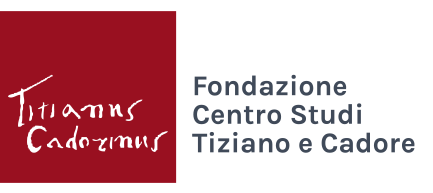Tiziano e Leone Leoni in viaggio con il principe Filippo d’Asburgo
M. Mancini
Doce Galles Editore
Year 2019
Pages 168
On All Saints Day 1548, Philip, young son of Emperor Charles V, set sail for Genoa from the Gulf of Roses in the vicinity of Girona, Spain. This was the first stop on his circumnavigation of his father’s royal dominions, as we learn from the frontispiece of the Felicíssimo Viaje. The “Most Fortunate Journey” is the detailed account of this journey. It is the work of Juan Cristóbal Calvete de Estrella, published as early as 1552, not long after the prince’s return home – a circumstance which is no less important than the actual journey itself. The chronicle tells us in full detail all about the “passages”, the festivals, the triumphal arches, as well as the presence at the prince’s itinerant court of both key and secondary figures. Yet this rich source of information hides from us an event of crucial importance for sixteenth-century art history: for a period of roughly two months the party travelling with Prince Philip had included two of the most important artists of the time – Tiziano Vecellio and Leone Leoni.
Understanding the importance of this twofold presence gives life, in this book, to a fascinating adventure, not only so for its protagonists, but also – and mainly – for the reader taking part in this attempt to solve one of the most intricate aspects of Titian scholarship. By making sense of all the various muted pauses, omissions and apparitions, we come to fully appreciate one of the most important patron-artist relationships of the sixteenth century, which had as its protagonists for almost thirty years none less than the Habsburg Prince – commissioning the works – and the painter from Pieve di Cadore.
The author: Matteo Mancini (Rome, 1968)
Matteo Mancini has been professor of art history since 1999. He started his teaching career at the Venice University of Ca’ Foscari and currently teaches at the Universidad Complutense, Madrid. He was the coordinator of cultural activities for Prado’s National Museum as well as coordinator of communication and promotion of exhibitions fostering Spain’s national heritage. His studies and research activity (also at archival level) are devoted to Venetian painting of the sixteenth and seventeenth centuries and to its connections with, and impact on Spanish and European painting of that same period. He has authored numerous articles and books on these subjects and, on a more general level, on art history pertaining to the modern period as well as on the promotion and preservation of Spain’s national heritage. He has distinguished himself in numerous exhibitions of both national and international interest focusing on the aforementioned themes – to mention but a few, Carolus (“Charles V”) in Toledo, Der späte Tizian (“The late Titian”) in Vienna and Venice, La materia de los sueños (“The stuff that dreams are made of”) in Valladolid, and Cortes del Barroco (“Courts from the Baroque age”) in Madrid and Rome.

